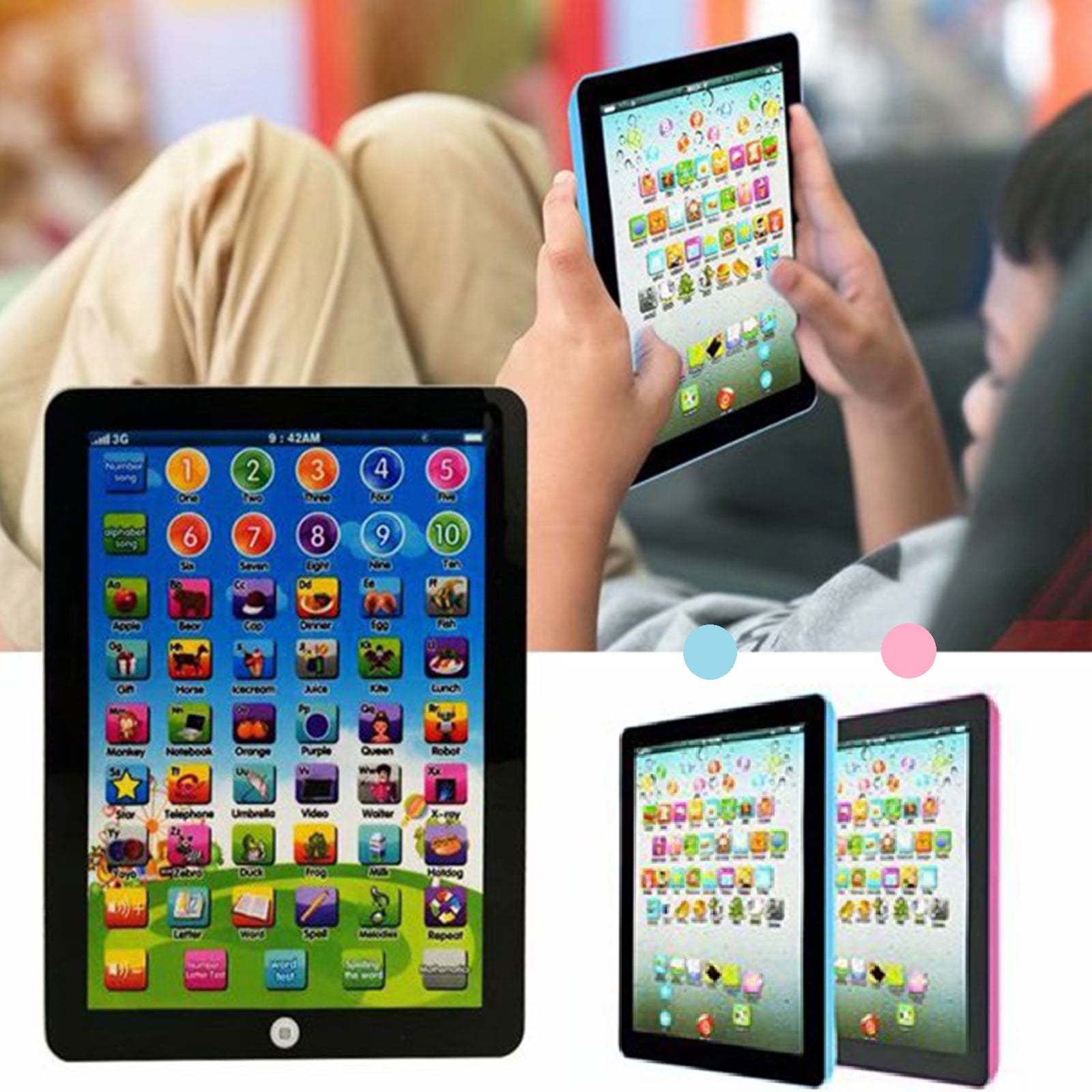Interactive Toys That Teach Numbers and Letters are revolutionizing the way children engage with early education. These playful tools not only make learning enjoyable but also lay a solid foundation for essential skills in mathematics and literacy. By blending fun and education, these toys capture the curiosity of young minds, providing an interactive experience that enhances learning through play.
From colorful blocks that introduce counting to letter puzzles that promote spelling, the variety of interactive toys available today caters to different learning styles. These engaging tools encourage hands-on experiences, making the process of learning numbers and letters both effective and exciting.
In the ever-evolving landscape of technology and communication, the integration of digital tools into our daily lives has transformed the way we interact, work, and even think. From social media platforms that keep us connected to collaborative software that enhances productivity, the digital age has brought forth an array of innovations that have reshaped our world. In this article, we will explore the various facets of technology’s impact on communication, work dynamics, and personal interactions, highlighting both the advantages and challenges that come with this digital revolution.One of the most significant changes we’ve witnessed in the realm of communication is the rise of social media.
Platforms like Facebook, Twitter, Instagram, and LinkedIn have become ubiquitous, allowing people to connect across geographical boundaries. Social media has not only changed how we share information but also how we perceive it. News travels faster than ever, and opinions can be broadcast to millions in a matter of seconds. This instant connectivity has fostered a new culture of engagement, where individuals can express their thoughts and feelings openly, joining global conversations on various issues.However, this rapid dissemination of information also presents challenges.
The spread of misinformation and fake news has become a pressing concern. With the click of a button, false narratives can gain traction and influence public perception. As consumers of information, it is essential to develop critical thinking skills to navigate through the noise and discern credible sources from unreliable ones. Media literacy has become a vital skill in the digital age, empowering individuals to make informed decisions based on accurate information.Moreover, the impact of technology extends beyond just social media.
The workplace has undergone a significant transformation with the advent of remote work technologies. Tools such as Zoom, Microsoft Teams, and Slack have enabled teams to collaborate seamlessly, regardless of their physical location. This shift towards remote work has provided flexibility and often improved work-life balance for many, allowing individuals to tailor their work environments to suit their personal needs.
The ability to connect with colleagues from around the world has opened up new opportunities for collaboration and innovation.Yet, remote work is not without its challenges. Many individuals report feelings of isolation and disconnection from their teams, which can lead to decreased morale and productivity. The blurring of boundaries between work and personal life can also contribute to burnout, as the lines between being “at work” and “off work” become increasingly blurred.
Employers and employees alike must navigate these challenges by fostering a culture of communication and support, ensuring that mental health and well-being remain a priority in this new work paradigm.In addition to communication and work dynamics, technology has also transformed personal relationships. Dating apps like Tinder and Bumble have revolutionized how people meet and connect romantically. These platforms provide individuals with the opportunity to meet potential partners outside their immediate social circles, expanding their dating pool and allowing for more diverse connections.
While this can lead to exciting new relationships, it can also result in superficial interactions and a prevalence of ghosting—a phenomenon where one party suddenly cuts off communication without explanation.The prevalence of online dating has changed societal norms surrounding relationships. The traditional pathways to romance, such as meeting through friends or at social gatherings, have been supplemented—and in some cases, replaced—by digital interactions.

This shift raises interesting questions about the nature of intimacy and connection in an increasingly digital world. How do we foster genuine connections when so much of our communication happens through screens? Finding balance is crucial as we navigate both online and offline relationships.Furthermore, the rise of technology has brought about the phenomenon of digital communication etiquette, often referred to as “netiquette.” Understanding the nuances of communication in a digital context is essential to maintaining professionalism and respect.
For instance, the tone of written communication can easily be misconstrued in emails or text messages, leading to misunderstandings. Being mindful of how we express ourselves digitally can enhance relationships, both personally and professionally.As we embrace the digital age, it is vital to recognize the broader implications of our reliance on technology. The proliferation of digital tools has created a culture of immediacy, where instant gratification is often expected.
This can lead to a decrease in patience and a reduced ability to engage in deep, meaningful conversations. Taking time to disconnect from our devices and engage in face-to-face interactions can help counteract this trend, allowing us to cultivate stronger bonds with those around us.In conclusion, technology has undeniably transformed communication, work dynamics, and personal relationships, bringing forth both opportunities and challenges.
As we navigate this digital revolution, it is essential to remain vigilant about the impacts of technology on our lives. By fostering media literacy, prioritizing mental health, and practicing effective communication, we can harness the power of technology to enhance our connections rather than diminish them. The future of communication lies in our ability to adapt and grow in this ever-changing landscape, ensuring that technology serves as a tool for connection rather than a barrier to it.






